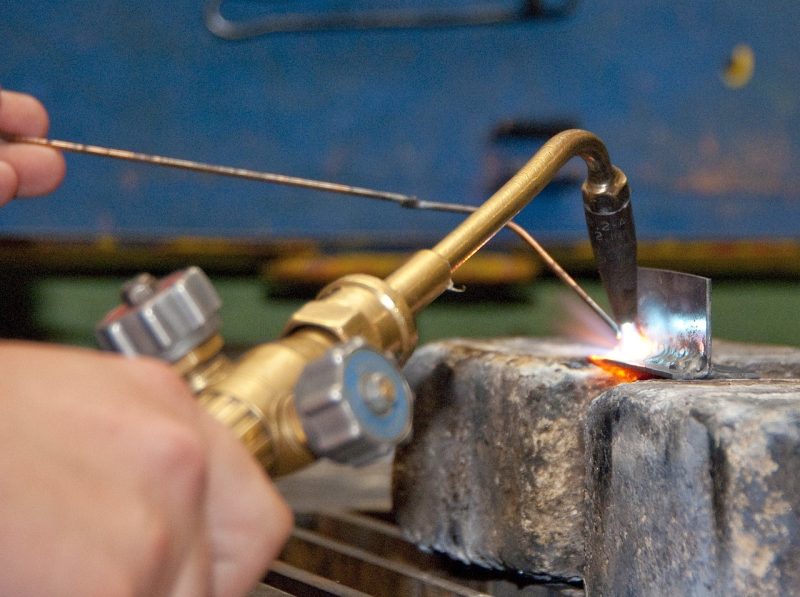Metal Meets Metal: Why Spot Welding is an Industrial Staple
25 March 2024
Merge metal with efficiency and strength with spot welding by WS Fabrication. Explore why this process holds its ground as a vital technique in manufacturing.
In metal fabrication, spot welding serves as a pivotal technique in a wide range of industries. This method, simple yet profoundly effective, involves the joining of metal sheets at localised points without needing additional materials. Know how the process supports the backbone of manufacturing sectors by offering a combination of precision, efficiency, and unparalleled strength.
The Spot Welding Process
Spot welding operates on the principle of electrical resistance; a substantial electric current is passed through metal sheets where contact points are pressed together by electrodes. The resistance to the electric current at the contact points generates heat, causing the metal to melt and form a weld upon cooling. This process is not only quick but highly efficient, which makes it ideal for mass-production environments where time and consistency are of the essence.
Benefits of Spot Welding
Tons of benefits can be expected from spot welding. They include the following.
• Uniform Joints: One of the primary benefits of spot welding is its ability to produce uniform joints. Unlike other welding techniques that may require skilled manual handling, spot welding can be automated, allowing for repeatable accuracy and consistency across thousands of welds.
• Huge Savings: Spot welding stands out for its sheer efficiency. It is significantly faster than traditional welding methods because it focuses energy directly on the spots being joined, reducing the overall welding time. Additionally, the process requires no filler materials, gases, or extensive post-weld finishing, which further cuts down on costs and production time.
• Notable Strength: Despite the speed and simplicity of spot welding, the strength and durability of the welds produced are not compromised. When done correctly, spot welds create strong bonds that can withstand high stress and wear over time.
• Material Versatility: Spot welding is not limited to a single type of metal or thickness; it can be effectively used to join a wide range of materials, including steel, stainless steel, aluminium, and more. This versatility makes spot welding a valuable tool in various applications, from thin sheet metal work in electronics to heavier gauge materials in construction.
• Eco-friendly: In a time when environmental impact is a growing concern, spot welding offers a more sustainable alternative to traditional welding methods. It generates less waste since no filler materials are used, and its efficiency results in lower energy consumption. This makes spot welding a more environmentally friendly choice for industries looking to reduce their carbon footprint.
Spot Welding with Experts
With advancements in automation and control technologies, spot welding continues to evolve, becoming even more precise, efficient, and adaptable to the needs of modern industries. Innovations in electrode materials and welding equipment are further enhancing the quality and reliability of spot welds, making sure this technique remains an industrial staple for years to come.
WS Fabrication currently offers spot welding for industries that require uniform, cost-effective joints. The combination of precision, strength, and versatility makes this process instrumental in producing durable, high-quality metal products. As time passes, we believe this process will undoubtedly remain one of the cores of metal fabrication, meeting the challenges of the industrial sector head-on.
Optimized by: Netwizard SEO

